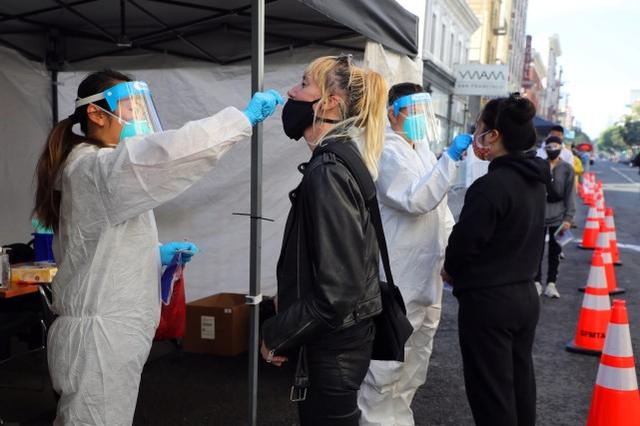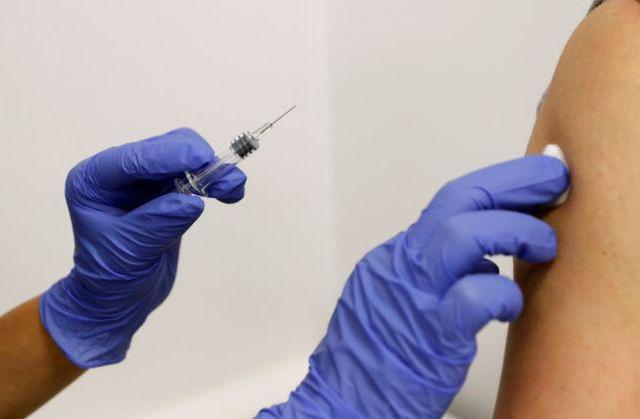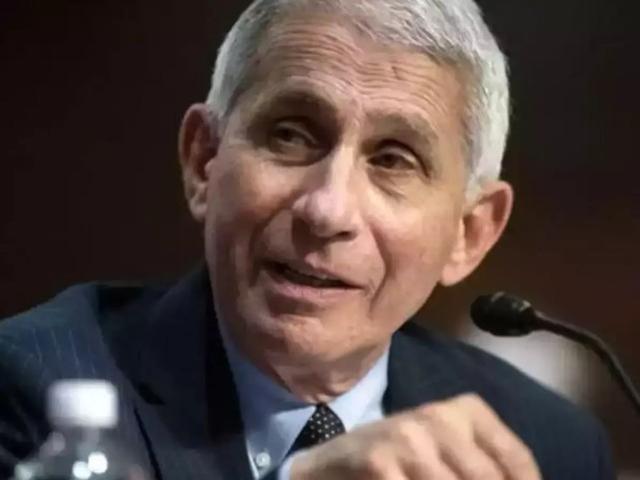Two weeks after Thanksgiving, the U.S. Newsweek reported that the number of new cases and deaths in the United States broke the record. COVID-19 cases and hospitalizations have increased by 20%, and deaths have increased by more than 30%.
In the two weeks since Thanksgiving, the record for the number of new cases in a single day in the United States has been broken four times, according to Johns Hopkins University. Last Friday set a new record of 232,775 cases.
While increasing the number of tests could lead to more cases, all but two states and the District of Columbia are seeing positive rates rising.
As of Monday, Vermont and Hawaii were the only two states with a decrease in positive rates compared to the previous week. The positive rate refers to the proportion of the total population that has tested positive for the virus.

Compared to the two weeks before Thanksgiving, the number of new cases and hospitalizations increased by 20% and the number of deaths increased by more than 30% in the two weeks after Thanksgiving.
Last Wednesday, the daily death toll exceeded 3,000 for the first time since the outbreak of the pandemic. The record was broken two days later to 3,300. As of Monday, 300,000,267 people had died of COVID-19 in the United States.
Robert Redfield, director of the Centers for Disease Control and Prevention (CDC), said at an event of the U.S. Foreign Relations Committee on Thursday: “We are now in a period where the daily death in the United States may be in the next 60 to 90 days.
The number will exceed the 9/11 or Pearl Harbor events.”
Over two weeks, officials can begin to see the impact of Thanksgiving trips and gatherings on the pandemic.
However, Fauci, director of the National Institute of Allergy and Infectious Diseases, said that it may take another week for the outbreak to “overall”.
The Associated Press reported that Fauci said on November 29 that the number of confirmed cases of the novel coronavirus in the United States may see a “surge” in the weeks after Thanksgiving.
He said: “Obviously, in the next few weeks, we will see the same situation. It may even be two or three weeks later… we may see a surge after wave.”
“I don’t think we’ve seen the peak after Thanksgiving,” Fauci said on Dec. 4th, “What worries me is that it’s just in time for Christmas, and people are starting to travel, shop and party.”
The surge in cases reportedly puts additional pressure on already overwhelmed medical institutions. To help mitigate the outbreak, state and local officials in the United States are restricting social gatherings and banning indoor meals.
However, the Restaurant and Hotel Association is expressing opposition. Melissa Fleischut, president of the New York Restaurant Association, called the ban on indoor dining a “great blow” to New York City’s restaurant industry. She believes that this “unfair and destructive” action will “inevitably lead to mass layoffs and mass shutdowns before the holiday.”
Fauci admits that people are already tired of the pandemic and may find it difficult to continue social distancing, avoid gatherings and wear masks. However, in an interview with CNN on December 7, he urged Americans to continue to take basic mitigation measures and not discouraged, because the help in the form of a vaccine is “coming soon”.

On Friday, the U.S. Food and Drug Administration authorized Pfizer to urgently use its candidate vaccine, and on Monday, medical staff began receiving the vaccine.
Americans can get widespread vaccinations before spring, based on the efficiency of vaccine promotion, Fauci said Monday. “Sometime in late March and early April, normal, healthy men and women on the streets who don’t have any underlying illness, may be getting vaccinated,” he said.
If this is achieved, Fauci said, the level of infection may be low by the fall, and the United States can begin to “close to some form of normalcy”.



